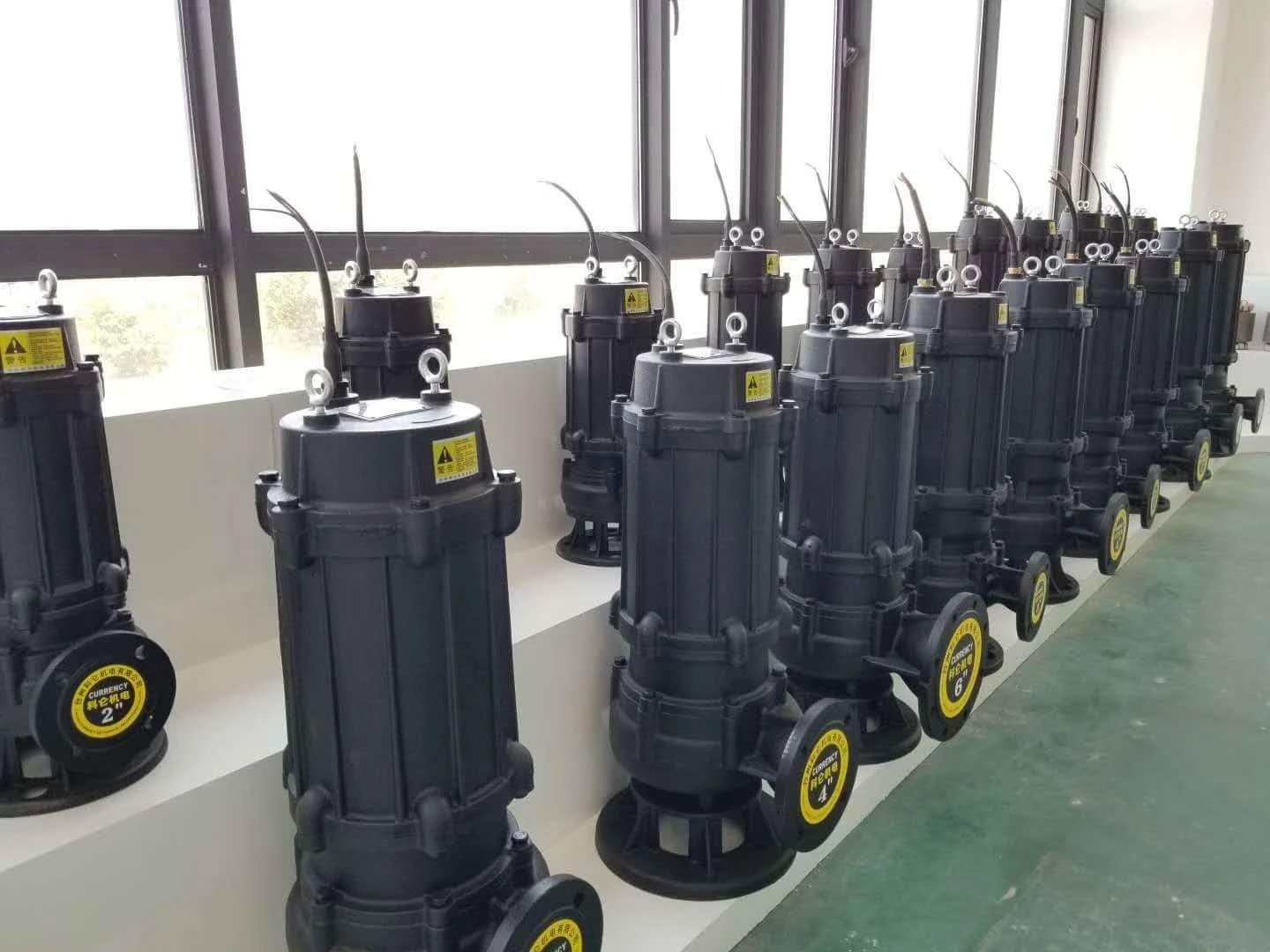English
- Afrikaans
- Albanian
- Amharic
- Arabic
- Armenian
- Azerbaijani
- Basque
- Belarusian
- Bengali
- Bosnian
- Bulgarian
- Catalan
- Cebuano
- Corsican
- Croatian
- Czech
- Danish
- Dutch
- English
- Esperanto
- Estonian
- Finnish
- French
- Frisian
- Galician
- Georgian
- German
- Greek
- Gujarati
- Haitian Creole
- hausa
- hawaiian
- Hebrew
- Hindi
- Miao
- Hungarian
- Icelandic
- igbo
- Indonesian
- irish
- Italian
- Japanese
- Javanese
- Kannada
- kazakh
- Khmer
- Rwandese
- Korean
- Kurdish
- Kyrgyz
- Lao
- Latin
- Latvian
- Lithuanian
- Luxembourgish
- Macedonian
- Malgashi
- Malay
- Malayalam
- Maltese
- Maori
- Marathi
- Mongolian
- Myanmar
- Nepali
- Norwegian
- Norwegian
- Occitan
- Pashto
- Persian
- Polish
- Portuguese
- Punjabi
- Romanian
- Russian
- Samoan
- Scottish Gaelic
- Serbian
- Sesotho
- Shona
- Sindhi
- Sinhala
- Slovak
- Slovenian
- Somali
- Spanish
- Sundanese
- Swahili
- Swedish
- Tagalog
- Tajik
- Tamil
- Tatar
- Telugu
- Thai
- Turkish
- Turkmen
- Ukrainian
- Urdu
- Uighur
- Uzbek
- Vietnamese
- Welsh
- Bantu
- Yiddish
- Yoruba
- Zulu
Telephone: +86 13120555503
Email: frank@cypump.com
Sep . 19, 2024 20:56 Back to list
electric submersible sewage pump
Electric Submersible Sewage Pumps An Overview
Electric submersible sewage pumps are essential devices designed to efficiently pump wastewater and sewage from lower levels, such as basements and underground collection tanks, to higher elevation areas for proper treatment and disposal. These pumps are engineered to function underwater, making them ideal for various applications where gravity alone is insufficient.
One of the key features of electric submersible sewage pumps is their robust construction. Typically made from corrosion-resistant materials, these pumps are built to withstand harsh conditions and the abrasive nature of sewage. Their design often includes a hermetically sealed motor, which prevents water ingress, thereby ensuring reliability and longevity. Additionally, the impellers are designed to handle solids and sludge, which are prevalent in sewage, making these pumps highly effective in a range of environments.
The operation of an electric submersible sewage pump is straightforward. When submerged in wastewater, the pump activates, drawing fluids through the inlet and utilizing centrifugal force to propel them upward through the discharge pipe. This process is efficient and minimizes the risk of blockages and clogs, a common issue with traditional sewage pumping systems.
electric submersible sewage pump

Applications for these pumps are diverse, spanning municipal sewage treatment plants, industrial facilities, and residential setups. They are particularly valuable in areas prone to flooding or where sewer systems are built below the water table. Homeowners frequently employ submersible sewage pumps in basements to prevent flooding and manage sewage systems effectively.
Another advantage of electric submersible sewage pumps is their ease of installation and maintenance. Since they operate below the ground level, they typically require minimal above-ground infrastructure. This feature not only saves space but also reduces visual impact and noise, making them a practical choice for residential areas. Regular maintenance, including inspections and cleaning of debris from the pump screen, ensures optimal performance and longevity.
However, potential buyers should consider the pump’s power capacity and specifications to match their specific needs. Factors such as total dynamic head, flow rate, and the size of solids that can be handled are crucial for selecting the right model. Additionally, energy efficiency should be a priority, as running costs can significantly impact overall expenses.
In conclusion, electric submersible sewage pumps play a vital role in managing wastewater systems effectively. Their durability, efficiency, and versatility make them a preferred choice for various applications, providing reliable solutions for sewage handling while promoting sanitation and environmental protection. As technology continues to advance, these pumps will likely offer even more innovative features to meet the growing demands of modern infrastructure.
-
ISG Series Vertical Pipeline Pump - Chi Yuan Pumps Co., LTD.
NewsJul.30,2025
-
ISG Series Vertical Pipeline Pump - Chi Yuan Pumps Co., LTD.|energy-efficient fluid handling&industrial durability
NewsJul.30,2025
-
ISG Series Vertical Pipeline Pump - Chi Yuan Pumps | Advanced Engineering&Industrial Efficiency
NewsJul.30,2025
-
ISG Series Pipeline Pump - Chi Yuan Pumps | High Efficiency, Energy Saving
NewsJul.30,2025
-
ISG Series Vertical Pipeline Pump-Chi Yuan Pumps|High Efficiency&Reliable Performance
NewsJul.29,2025
-
ISG Series Vertical Pipeline Pump|High Efficiency&Low Noise
NewsJul.29,2025










